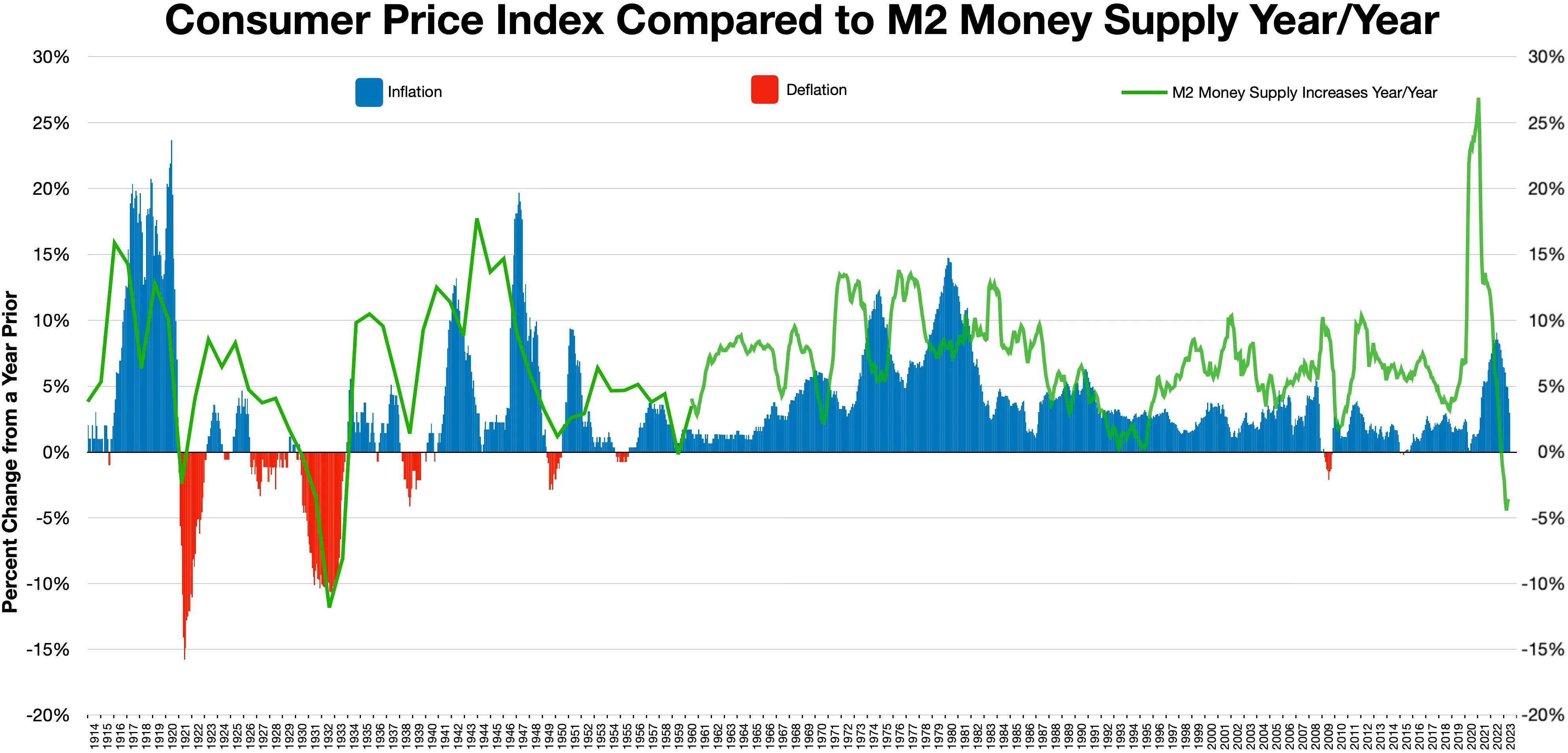
Decoding Economic Metrics: Understanding the Consumer Price Index
The Consumer Price Index (CPI) is a critical economic metric that serves as a barometer for inflation and price changes. Delving into the intricacies of the CPI provides valuable insights into economic health, consumer spending patterns, and policymaking. This article navigates the complexities of the Consumer Price Index, shedding light on its significance and implications.
Defining the Consumer Price Index
At its core, the Consumer Price Index measures the average change over time in the prices paid by consumers for goods and services. Comprising a basket of commonly purchased items, the CPI reflects the fluctuations in prices that consumers experience in their daily lives. It is a key tool used by economists, policymakers, and businesses to gauge inflationary pressures and make informed decisions.
Components of the CPI Basket
Understanding the Consumer Price Index involves grasping the components of the CPI basket. This basket includes a variety of goods and services that represent typical consumer expenditures. Categories range from housing, food, and apparel to healthcare, transportation, and entertainment. The weights assigned to each category reflect their relative importance in the average consumer’s budget.
Calculating Inflation with the CPI
The CPI serves as a crucial indicator for inflation, and its calculation involves comparing the current index level to a base period index. The percentage change over time indicates the inflation rate. Policymakers and economists closely monitor this data to assess the economy’s health and make decisions regarding monetary policy, interest rates, and other economic interventions.
CPI and Consumer Spending Patterns
The Consumer Price Index directly influences consumer spending patterns. As prices rise or fall, consumer behavior adapts accordingly. Understanding CPI data helps businesses anticipate changes in consumer demand, adjust pricing strategies, and adapt to shifting economic conditions. For individuals, CPI provides insights into the changing cost of living and helps with budgeting and financial planning.
Impact on Interest Rates and Monetary Policy
The Federal Reserve uses CPI data to make decisions on interest rates and monetary policy. A higher CPI may prompt the Fed to raise interest rates to curb inflation, while a lower CPI could lead to rate cuts to stimulate economic activity. The CPI, therefore, plays a pivotal role in shaping the broader economic landscape.
CPI and Cost of Living Adjustments
The Consumer Price Index is a key factor in determining cost-of-living adjustments (COLAs). Social Security benefits, pension payments, and certain wage agreements often incorporate CPI data. COLAs ensure that these payments keep pace with the rising cost of goods and services, maintaining the purchasing power of individuals on fixed incomes.
Limitations and Criticisms of the CPI
While the Consumer Price Index is a valuable economic tool, it is not without limitations and criticisms. Some argue that it may not fully capture changes in the quality of goods or account for the substitution effect, where consumers switch to lower-priced alternatives. These limitations can impact the accuracy of inflation measurements.
Using the CPI for Investment Strategies
Investors also utilize CPI data for investment strategies. Understanding inflation trends is crucial for making informed investment decisions. Certain assets, such as Treasury Inflation-Protected Securities (TIPS), are specifically designed to protect against inflation. Investors may adjust their portfolios based on CPI expectations to safeguard against purchasing power erosion.
Future Trends and the Evolution of CPI
As technology and consumer habits evolve, the CPI undergoes adjustments to stay relevant. The incorporation of online prices, changes in shopping patterns, and adjustments for quality improvements are examples of ongoing efforts to enhance the accuracy of the CPI. Monitoring these adaptations is essential for interpreting CPI data effectively.
Exploring Economic Health through the CPI
In conclusion, the Consumer Price Index serves as a vital tool for understanding economic health, inflationary pressures, and consumer spending patterns. It influences monetary policy decisions, shapes cost-of-living adjustments, and guides investment strategies. Explore more about the Consumer Price Index at dearakana.my.id for a comprehensive understanding of this key economic metric and its implications for individuals and businesses alike.




